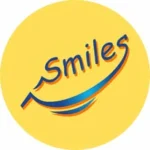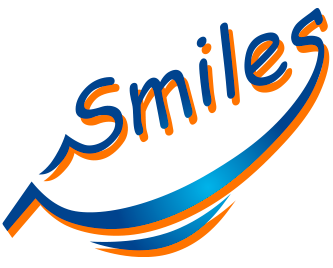Smiles proudly offers TMJ wellness and TMJ specialist treatment for children and teenagers in Los Angeles. Children’s and teenager’s jaw health plays a key role in their everyday lives and aids in functions like chewing, swallowing, speaking, and yawning. Sometimes, kids and teens live with popping, clicking or even jaw locking thinking that it is normal. Examining the TMJs, evaluating functional mouth-opening and palpating the facial musculature can shed light on symptoms that our young clients may be experiencing and help us formulate a gentle, palliative, and effective treatment plan to ensure their complete comfort and well-being.
TMJ Well-being ·
TMJ Well-being ·
TMJ Well-being ·
TMJ Well-being ·
TMJ Well-being ·
Understanding the TMJ:
TMJ stands for temporomandibular joint and is the hinge joint that connects the jawbone to the skull. The TMJ consists of bones, muscles, ligaments, and a small disc that cushions the joint to allow smooth jaw movement. Located on each side of the head in front of the ears, the pair of TMJ joints function in synchronized harmony allowing for smooth movements of the lower jaw.
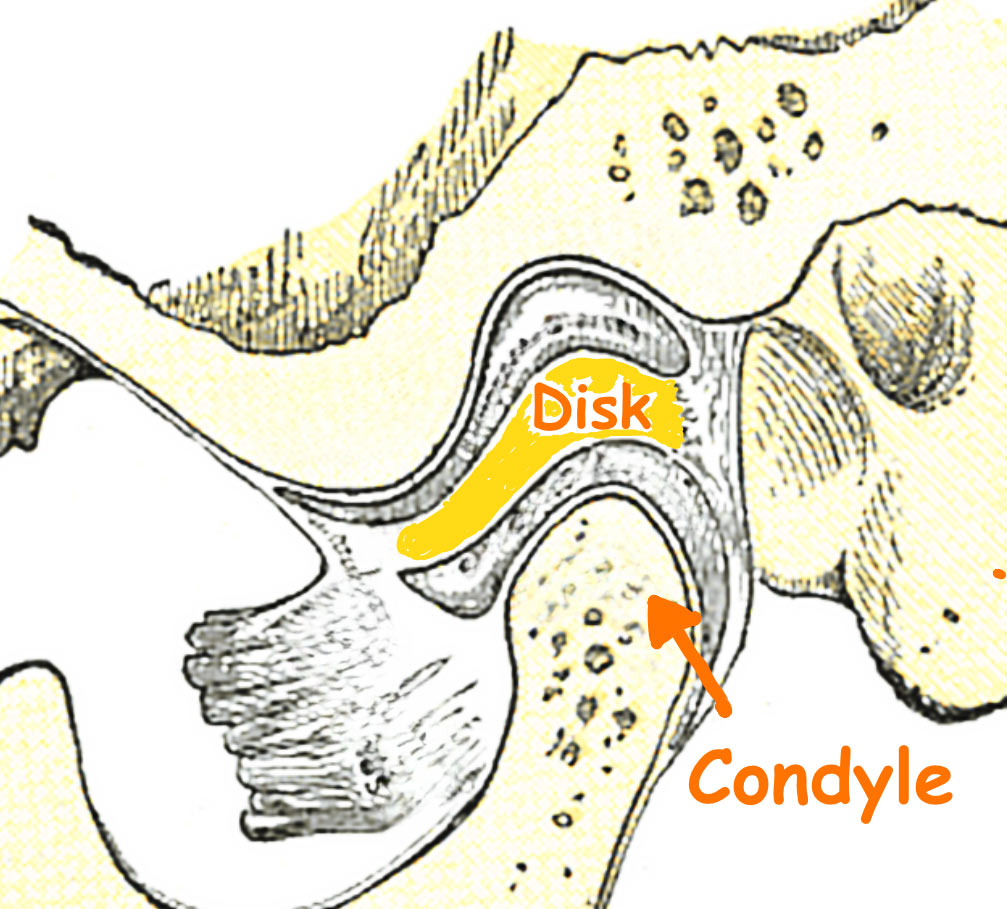
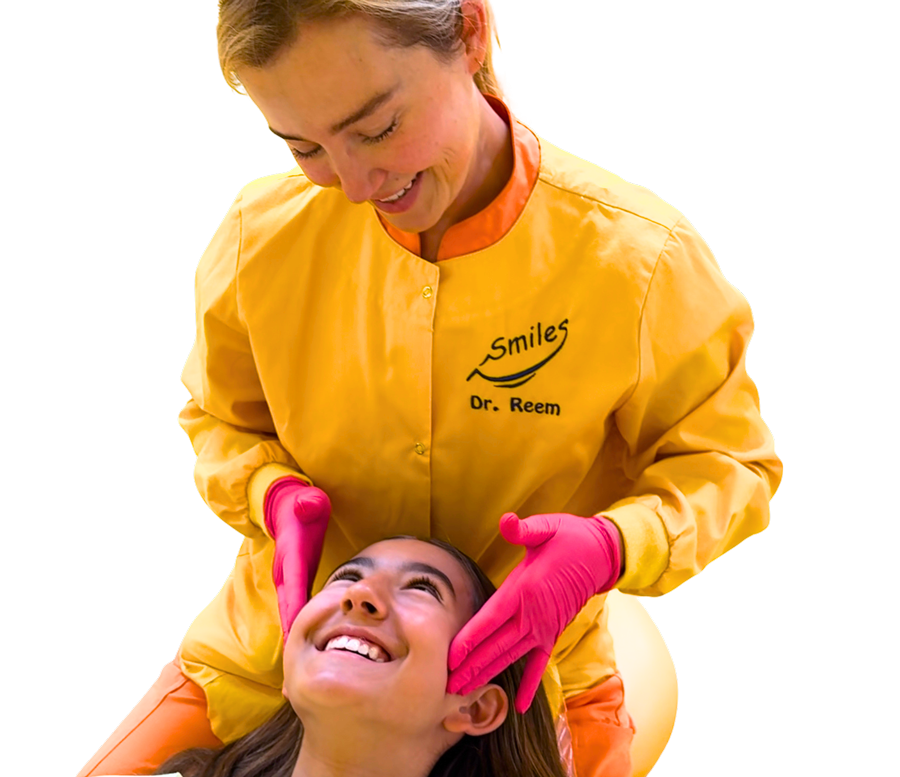
The TMJ joint uniqueness:
- The TMJ combines both a hinge and a sliding motion, making it one of the most complex joints in the body.
- The jaw moving apparatus consists of twin joints with one TMJ present on each side of the lower jaw.
- TMJ joints must function in orchestrated unison to achieve smooth jaw movement.
TMJ Disorders (TMD):
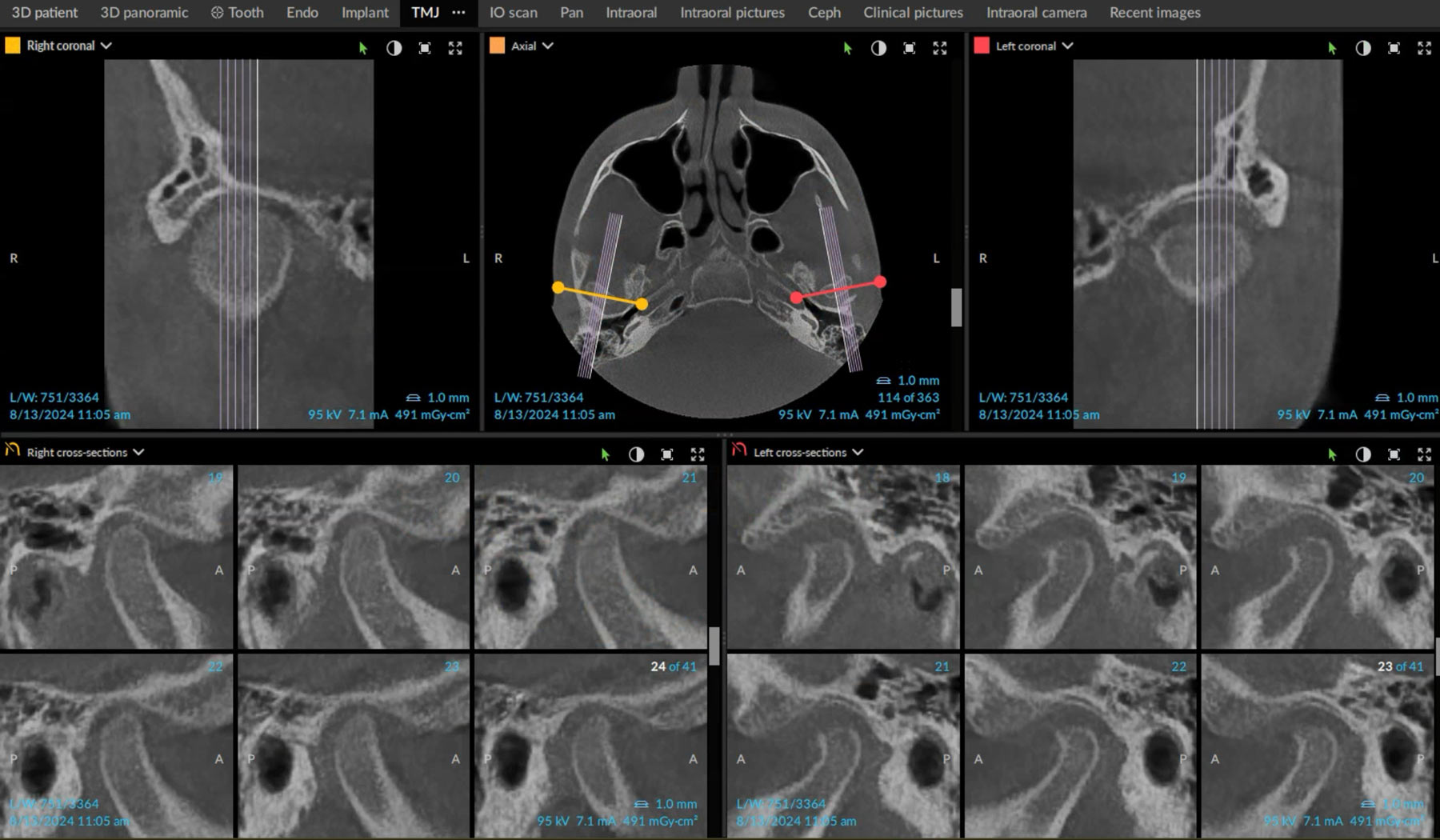
Studies show that temporomandibular disorders (TMD) are common in the pediatric and teen groups and can manifest in three main ways:
- Disorders of the joints, including disc disorders.
- Disorders of the chewing muscles (masticatory muscles).
- Headaches associated with TMD.
Common Signs and Symptoms of TMD:
Causes of TMD in kids and teens:
Smiles’ Gentle approach to TMD management:
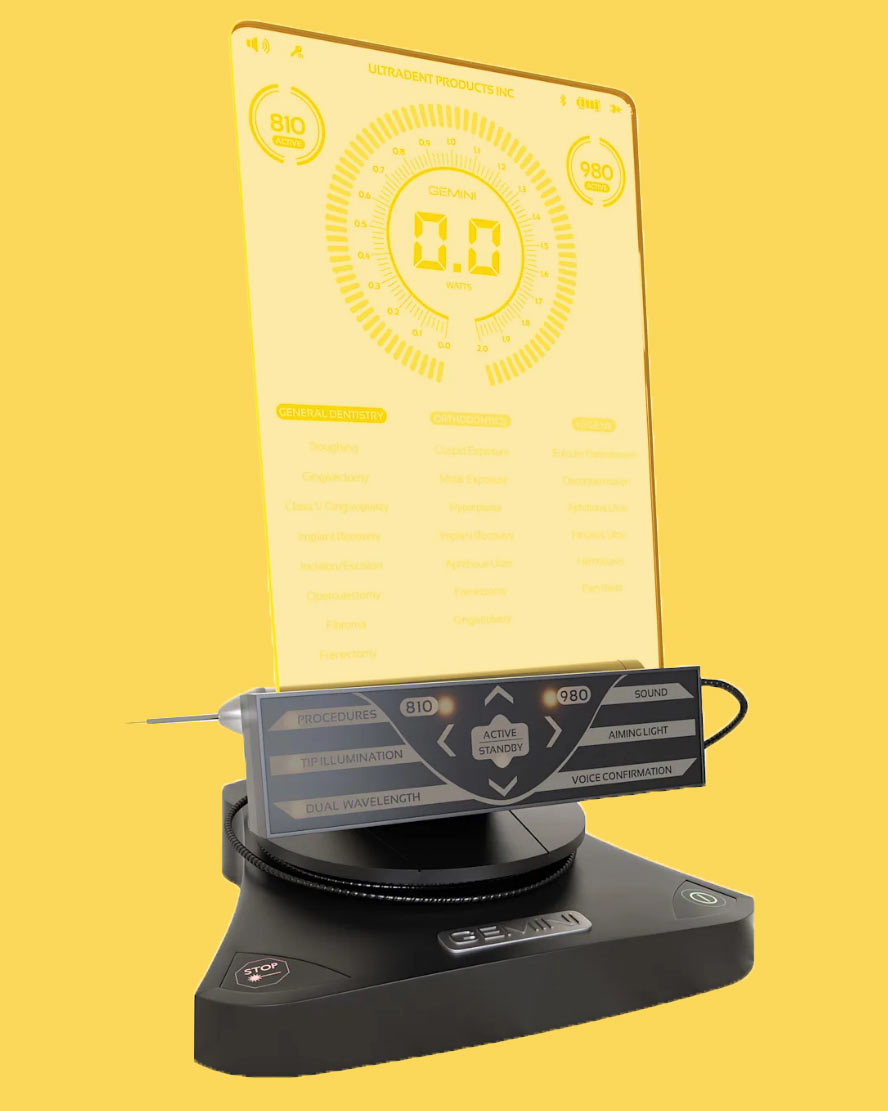

- Comprehensive Evaluation: We conduct a detailed assessment of your child’s or teen’s jaw, bite, and overall oral health to identify the cause of their TMD.
- Customized Treatment Plans: We create personalized temporomandibular disorder treatment plans based on your child’s or teen’s unique needs.
- Non-Invasive Methods: We focus on gentle therapies to manage symptoms and offer relief and healing.
- Lifestyle Modifications: We provide guidance on small changes that can reduce TMD symptoms, such as posture correction, diet modifications, and proper hydration.
What to expect during a TMJ wellness visit:
Benefits of Early TMD Treatment in kids and teens:
TMD Treatment options:
Hover or tap to reveal steps
First-line treatments for managing TMD in younger patients:
- Self-Care and Lifestyle Changes
- Resting the jaw (avoiding gum chewing, tough foods).
- Practicing proper posture (especially for teens using screens).
- Applying moist heat or cold packs to relieve muscle pain.
- Stress management techniques (breathing exercises, mindfulness).
Physical Therapy:
- Jaw and neck stretching and strengthening exercises.
- Massage therapy to reduce muscle tension.
Red-Light Therapy:
- TheraFace Pro by Therabody infrared and red-light therapy
Laser Therapy:
- Photobiomodulation with Gemini Laser
- Solea Laser for muscular relaxation
Dental and Orthodontic Solutions
- Bite Adjustments and orthodontic treatment with braces or clear aligners to correct malocclusion.
- Habit Correction: Addressing oral habits like nail-biting, thumb-sucking, or tongue thrusting.
- Orthotic Devices: Custom-made, 3D printed, occlusal splints or night guards to reduce bruxism.
Pain Management:
- Non-steroidal anti-inflammatory drugs (NSAIDs), like ibuprofen
- Muscle relaxants for short-term use in severe cases.
Advanced Interventions:
- Botox Injections: Temporarily relaxes overactive jaw muscles.
- Trigger Point Injections : For targeted pain relief in the jaw and surrounding muscles.
Collaborative care:
We facilitate a team approach and foster collaborations with other practitioners such as pediatricians, ears/nose/throat (ENT) physicians, chiropractors, acupuncturists, myofuncional therapists and oral surgeons to ensure complete wellness for our children and teens.
Frequently Asked Questions
How can a poor airway cause TMD?
An obstructed airway can significantly contribute to the development or exacerbation of temporomandibular disorders (TMD) due to the interconnected relationship between breathing, posture, muscle function, and the temporomandibular joint (TMJ). Chronic mouth breathing and open-mouth posture can lead to an altering of the jaw position. This creates tension on the joint and surrounding musculature. Early detection of airway issues in children is key to ensure that they are getting proper sleep and good rest. We collaborate with pediatricians and ENT physicians and educate parents about the importance of this collaboration. Sleep studies may be recommended to diagnose or rule out sleep apnea, tonsil, android and airway issues.
How can stress contribute to TMD?
Stress can contribute to muscle tension, jaw clenching/bruxism, poor posture, altered jaw movements, sleep disturbances and oral habits. When we are worried, stress hormones like cortisol are released in our bodies increasing inflammation and pain. New schools and environments, social changes, exams and competitions are all factors that may cause emotional tension for kids and teens. We believe in supporting kids and teens and helping them understand the mind/body relationship and the role that emotions play on our wellbeing.
How long does TMD treatment take?
TMD treatment sessions for children and teens are about thirty minutes long. During the session, we use a combination of laser palliative therapy, red-light therapy and physical therapy. We also educate and empower our young clients to promote self-care at home. Most kids do very well within 3 sessions of treatment. Follow up for orthodontic care or night guards will continue as we see them for routine dental check-ups.
Is TMD treatment comfortable?
Yes! The sessions are calm, spa-like sessions that are palliative and gentle. Kids really enjoy the relaxing music and sensations of the light and physical therapy. We use organic essential oils and all-natural muscle relaxants.
Can TMD go away on its own?
Kids and teens certainly have high healing capabilities, and some TMD cases can be self-limiting. However, symptoms should be addressed. We believe that health is our birthright and that children should be given every opportunity to nurture well-being through gentle guidance to set the stage for a lifetime of wellness.
Happy Holidays from all of us at Smiles Pediatric Dentistry & Orthodontics! 🎁✨
This season, we’re celebrating bright smiles, big laughter, and the little moments that make family time so special. 💕
Thank you to all the wonderful families who’ve trusted us to care for your children’s smiles this year — your support means the world to our team. 🦷🌈
Here’s to more giggles, healthy teeth, and joyful smiles in the new year ahead! 💫
Smiles Pediatric Dentistry & Orthodontics
📞 (310) 837-6453
📧 info@smilesla.com
📍 10582 W. Pico Blvd., Los Angeles, CA 90064
Gentle care. Bright smiles. Growing with your child every step of the way. 💛
#SmilesPediatricDentistryandOrthodontics #KidsDentist #PediatricDentist #PediatricOrthodontist #WestLosAngeles #HappyHolidays #HealthySmiles

Here are 3 hidden signs your baby might be teething — and it’s not just drooling! 👶🦷
1️⃣ Chewing on everything — Babies often gnaw on toys, fingers, or even crib rails to relieve gum pressure.
2️⃣ Irritability and fussiness — Sore gums can make little ones extra cranky, especially around nap or bedtime.
3️⃣ Changes in eating or sleeping habits — Some babies nurse or bottle-feed less, or wake more often at night.
Pro tip: A chilled teething ring or a clean, cool washcloth can help soothe sore gums and bring comfort. 💛
If you’re unsure whether your baby’s teething or something else is causing discomfort, our gental team is here to help guide you through every stage of your little one’s smile journey. 💬
Smiles Pediatric Dentistry & Orthodontics
📞 (310) 837-6453
📧 info@smilesla.com
📍 10582 W. Pico Blvd., Los Angeles, CA 90064
Gentle care. Bright smiles. Growing with your child every step of the way. 🌈
#SmilesPediatricDentistryandOrthodontics #KidsDentist #PediatricDentist #PediatricOrthodontist #WestLosAngeles #BabyTeething #TeethingTips

Why do some toddlers need fillings at just 2 years old? 🍼🦷
It’s something that happens with prolonged bottle feeding and has been called baby bottle cavities. The condition is also called early childhood caries.
Constant sipping on juice or milk means teeth are bathed in sugar all day, and baby enamel is thinner, so those cavities spread fast.
The good news? A few simple habits can protect your little one’s smile — switch to water between meals, avoid overnight bottles, and start early dental visits. 💧😊
Your child’s healthy smile starts with gentle prevention and loving guidance. 💕
Smiles Pediatric Dentistry & Orthodontics
📞 (310) 837-6453
📧 info@smilesla.com
📍 10582 W. Pico Blvd., Los Angeles, CA 90064
Gentle care. Bright smiles. Growing with your child every step of the way. 🌈 #SmilesPediatricDentistryandOrthodontics #KidsDentist #PediatricDentist #PediatricOrthodontist #WestLosAngeles #KidsCavities #BabyBottleCavities

Why do some teens have worn teeth — even before they’ve had cavities? 😬🦷
Nighttime grinding, or bruxism, can wear teeth down just as quickly as decay. It’s more common than you might think, especially during times of stress, growth, or orthodontic changes.
At Smiles Pediatric Dentistry & Orthodontics in West Los Angeles, our team gently evaluate for signs of grinding and offer comfortable, custom solutions to help protect growing smiles. 💛
Have you ever noticed your teen grinding their teeth at night? We’d love to hear your experience below — or contact us to learn how we can help keep those smiles strong and healthy. 💬
Smiles Pediatric Dentistry & Orthodontics
📞 (310) 837-6453
📧 info@smilesla.com
📍 10582 W. Pico Blvd., Los Angeles, CA 90064
Gentle care. Bright smiles. Growing with your child every step of the way. 🌈
#SmilesPediatricDentistryandOrthodontics #KidsDentist #PediatricDentist #PediatricOrthodontist #WestLosAngeles #TeenDentalHealth #TeethGrinding

Sippy cup hack every parent should know! 🍼💧
Want to protect your toddler’s teeth from sippy cup cavities? Start by swapping juice for water in their sippy cup. You can dilute the juice a little more each day until it’s water only — and always brush before bedtime. 🦷✨
Sippy cups are great for independence, but constant sipping on juice can cause early tooth decay. This simple sippy cup tip helps keep smiles healthy and bright. 🌈
Parents — would you try this tonight? 💛
Smiles Pediatric Dentistry & Orthodontics
📞 (310) 837-6453
📧 info@smilesla.com
📍 10582 W. Pico Blvd., Los Angeles, CA 90064
Caring hearts. Growing smiles. A gentler way to shine. 💕
#SmilesPediatricDentistryandOrthodontics #KidsDentist #PediatricDentist #PediatricOrthodontist #WestLosAngeles #SippyCupHack #SippyCupCavities

Did you know that prolonged thumb or finger sucking can gently reshape how a child’s mouth and jaw grow? 👶🦷
Early orthodontics can not only help correct this but can also assist with stopping the habit. At Smiles Pediatric Dentistry & Orthodontics in West Los Angeles, We take a compassionate, child-centered approach to guiding healthy oral development and supporting kids through every stage of growth. 💛
Did your kids ever struggle with this? We’d love to hear your experience below — or contact us to learn how early orthodontics can help your child’s smile grow beautifully and naturally. 💬
Smiles Pediatric Dentistry & Orthodontics
📞 (310) 837-6453
📧 info@smilesla.com
📍 10582 W. Pico Blvd., Los Angeles, CA 90064
Gentle care. Bright smiles. Growing with your child every step of the way. 🌈
#SmilesPediatricDentistryandOrthodontics #KidsDentist #PediatricDentist #PediatricOrthodontist #WestLosAngeles #ThumbSucking #EarlyOrthodontics

Parents always ask — why see a dentist at age one? 👶🦷
Because a healthy smile starts early! The best time to build lifelong oral health is right at the beginning of your child’s journey. At Smiles Pediatric Dentistry & Orthodontics in West Los Angeles, Dr. Reem and our team love guiding parents through their baby’s first dentist visit — making it gentle, positive, and fun. 💛
Early dental visits help prevent cavities, create good habits, and make future appointments easy and comfortable. Teaching parents how to care for their baby’s mouth is truly where healthy smiles begin. 🌈
What age was your child’s first dental visit? 💬
Smiles Pediatric Dentistry & Orthodontics
📞 (310) 837-6453
📧 info@smilesla.com
📍 10582 W. Pico Blvd., Los Angeles, CA 90064
Gentle care. Bright smiles. Growing with your child every step of the way. ✨
#SmilesPediatricDentistryandOrthodontics #KidsDentist #PediatricDentist #PediatricOrthodontist #WestLosAngeles #FirstDentalVisit #BabyDentist

What if a little 3D magic could help your child’s smile grow just right? ✨🦷
We’re so excited to introduce SmileKeeper™ — a next-generation, 3D printed, metal-free space maintainer made just for kids! 💫
Created by our founder, Dr. Reem, at Smiles Pediatric Dentistry & Orthodontics in West Los Angeles, SmileKeeper™ combines digital precision with gentle care to protect space for growing teeth when a baby tooth is lost too early.
No metal. No discomfort. Just a soft, custom fit and a happier smile. 💖
This is more than technology — it’s how we care for kids with compassion, creativity, and love.
👇 Read our new blog to see how Dr. Reem and our team are shaping the future of pediatric dentistry with SmileKeeper™!
👉 https://smilesla.com/pediatric-dentistry-orthodontics/pediatric-space-maintainer-3dprinted-smilekeeper
Parents — has your child ever lost a baby tooth early? Share your story or drop your questions below! 💬✨
Want to learn if SmileKeeper™ is right for your child?
Call or message us today to schedule a gentle, easy visit. We’re here to make every child’s dental experience comfortable and fun! 🌈💛
Smiles Pediatric Dentistry & Orthodontics in West LA
📞 (310) 837-6453
📧 info@smilesla.com
📍 10582 W. Pico Blvd., Los Angeles, CA 90064
Caring hearts. Growing smiles. A gentler way to shine. 💕
#PediatricSpaceMaintainer#SmilesPediatricDentistryandOrthodontics #SmileKeeper #KidsDentist #PediatricDentist #PediatricOrthodontist #WestLosAngeles #3DPrintedKidsSpaceMaintainer #kidstoothloss


